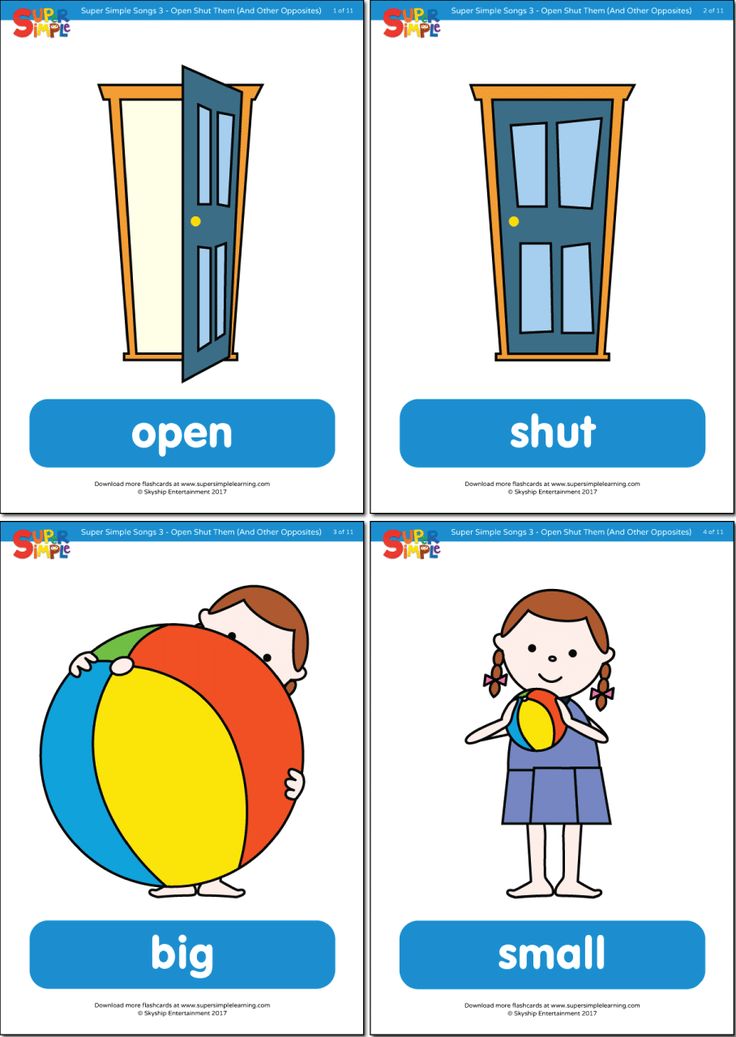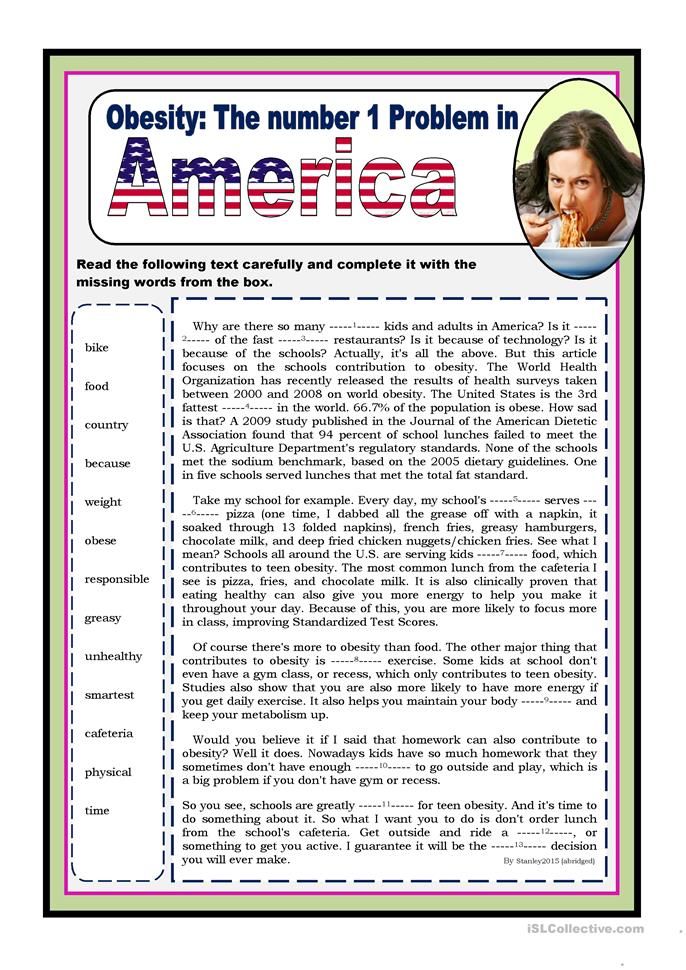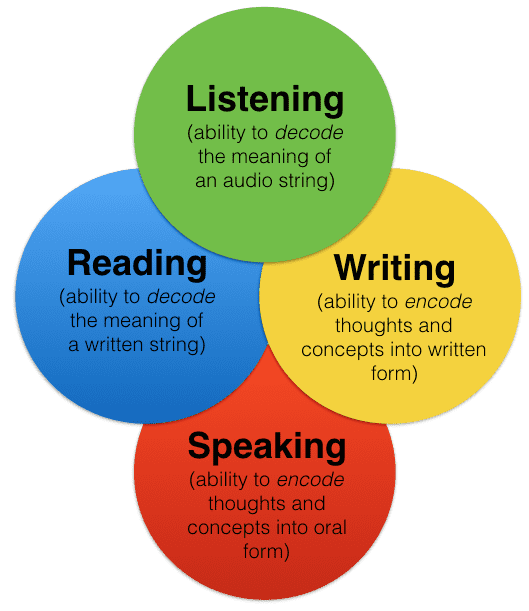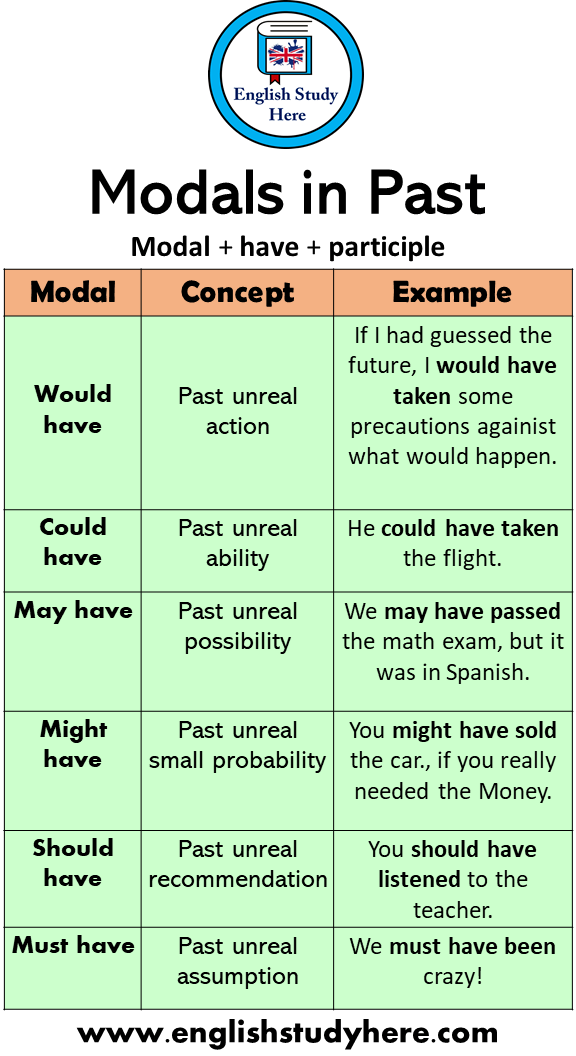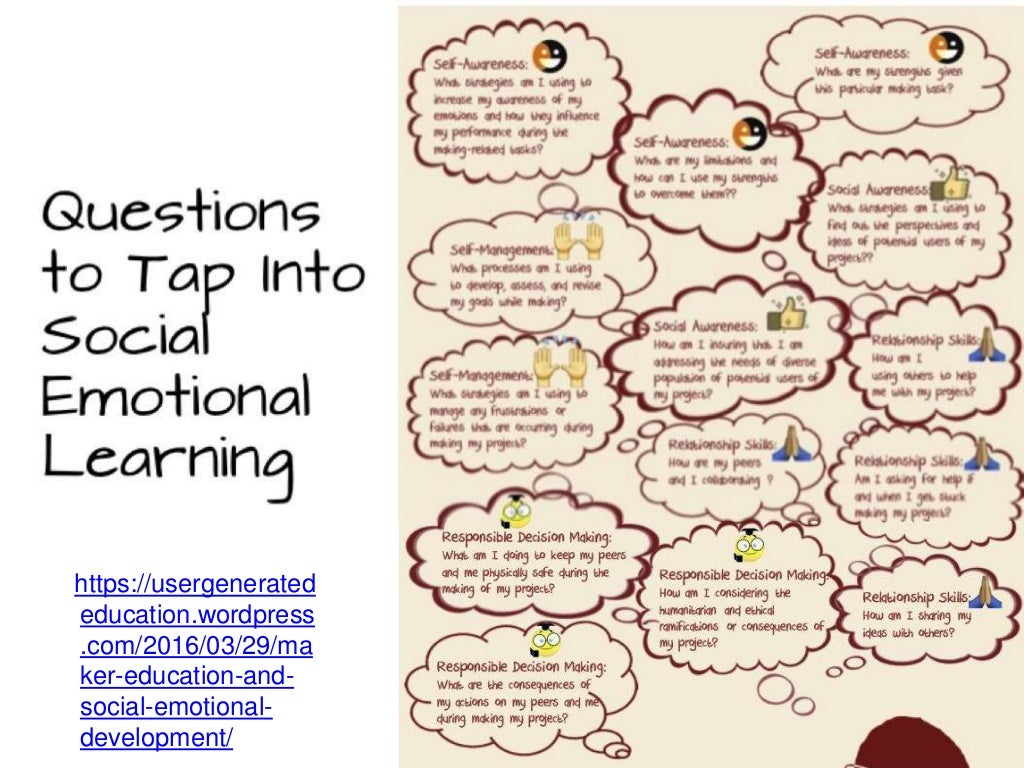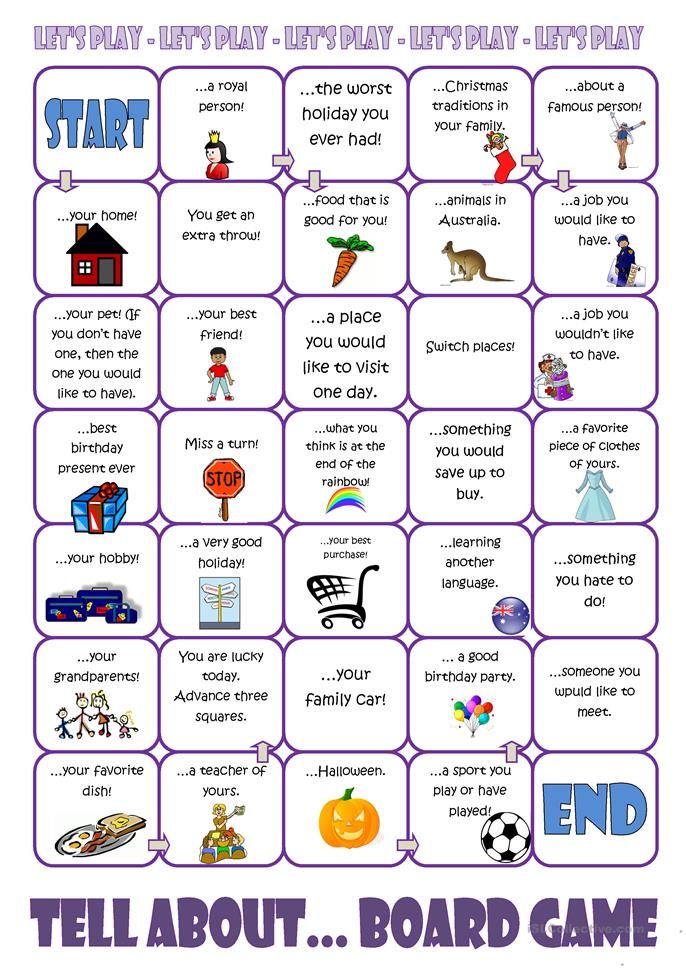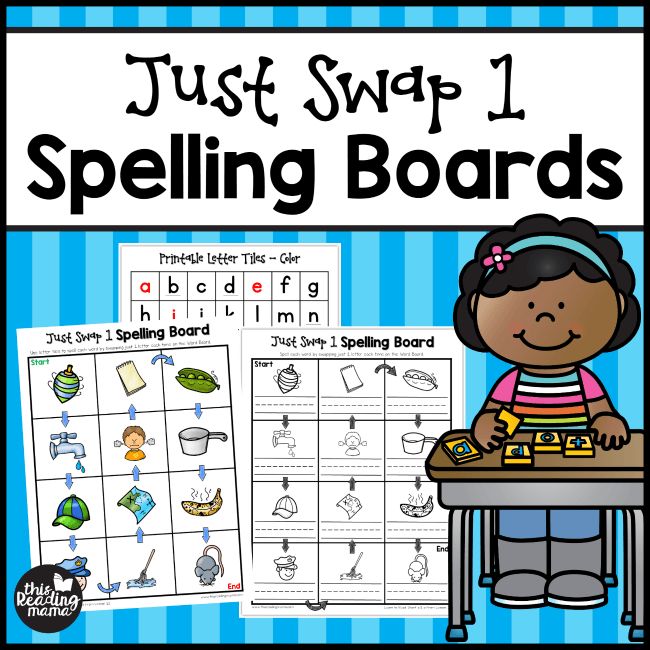Opposite song kids
Activity: Sing Together: “The Opposite Song”: Resources for Early Learning
Standards
MA Standards
Speaking and Listening/SL.PK.MA.1a: Observe and use appropriate ways of interacting in a group (e.g., taking turns in talking, listening to peers, waiting to speak until another person is finished talking, asking questions and waiting for an answer, gaining the floor in appropriate ways).
Head Start Outcomes
Social Emotional Development/Self-Regulation: Follows simple rules, routines, and directions.
Logic and Reasoning/Reasoning and Problem Solving: Classifies, compares, and contrasts objects, events, and experiences.
Language Development/Receptive Language:
Attends to language during conversations, songs, stories, or other learning experiences.
PreK Learning Guidelines:
English Language Arts/Language 1: Observe and use appropriate ways of interacting in a group (taking turns in talking; listening to peers; waiting until someone is finished; asking questions and waiting for an answer; gaining the floor in appropriate ways).
English Language Arts/Reading and Literature 12: Listen to, recite, sing, and dramatize a variety of age-appropriate literature.
Sing Together: “The Opposite Song”
© Commonwealth of Massachusetts, Department of Early Education and Care (Jennifer Waddell photographer). All rights reserved.
ELA Focus Skills: Phonological Awareness (Rhythm, Rhyme, and Repetition), Vocabulary (Opposites)
Remind children that in the book The Ugly Vegetables, the little girl thought the other gardens were beautiful but she felt her garden was ugly. Explain that the words beautiful and ugly mean two completely different things. Say, They are opposite words.
- Give a few more examples of opposite words. Say The opposite of the word yes is no. The opposite of the word up is down. Ask, What do you think the opposite of the word hot is? (cold) What about the opposite of the word happy? (sad)
- When you feel children have grasped the concept of opposite words, tell them you are going to teach them a song about opposites.

Sing “The Opposite Song” for children. As you sing the second and third verses, say the first word in each opposite pair, then start the next line and cue children to supply the opposite word. For example, you say stop/children say go. Repeat with yes/no, fast/slow, low/high, hi/bye, and wet/dry.
The Opposite Song
(sung to the tune of “Do You Know The Muffin Man?”)
Oh, do you know some opposites,
Some opposites,
Some opposites?
Oh, do you know some opposites?
Opposites are fun.
If I say stop, then you say go.
If I say yes, then you say no.
If I say fast, then you say slow.
Oh, opposites are fun.
If I say low, then you say high.
If I say hi, (wave hand), then you say bye.
If I say wet, then you say dry.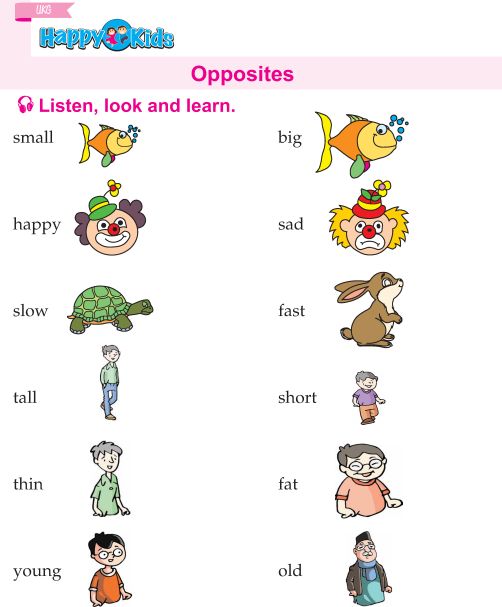
Oh, opposites are fun.
Take It Further: Encourage children to think of other opposites to include in the song. Other opposites might include dark/light, day/night, left/right, young/old, bought/sold, hot/cold, low/high, sell/buy, ground/sky.
Ways to teach Opposites Words for kindergarteners – Kids Blog & Rhymes
Teaching something to your child is an ideal way to help your child for a better understanding of tomorrow.
So teaching them opposites will help them the addition of descriptive words to their vocabulary will greatly transform the level of detail your child can convey – ‘cold ice’, ‘big teddy’ or ‘
little girl’.
Ask your little one opposite of sad? And let’s boost up their mind by giving some more opposite words i.e. the opposite of sad is happy! An opposite of crying is smiling! Does your child want to know more about the opposite words?
Let’s began…. .
.
There are various ways you can teach Opposites to kids
• Flashcard
• Acting Opposite
• Teaching Opposite with Toys
• Jelly Bear Video
• Worksheet
As preschoolers grab the audio-visuals very easily and nicely, furthermore this gives the better understanding to kids…
- Flashcards
Create or buy index cards with pictures of opposites on them. Have your toddler match sets of opposite flashcards –day and night, light and heavy and so on. They can pair the flashcards as they find the set of opposites.
- Acting Opposites
Has your toddler performed actions? And then you do the opposite. For example, if they sit down, you stand up, if they walk forward, you walk backward. Once your child is familiar with the game, you perform the action first and have your toddler do the opposite.
- Teaching Opposites with Toys
Toys are something you’re sure to already have plenty of… so creating opposite games with toys is only limited by your imagination!
Find a small and a big teddy bear to teach big and small or baby and adult.
- Our Jelly Bear Video
Kids nowadays, spend more time on mobile or on any electronic medium. So, if your kids are visual learners, don’t worry parents we have got you covered. Watch out this educational video “Jelly Bears – Opposites Song” and make their learning in a fun way!!
OPPOSITE SONG BY JELLY BEAR:
We hope you’re having a fun time with all your friends!!! If you enjoyed watching this video then check out our YouTube Channel for many more interesting and fun learning videos for kids.
- Worksheet
Opposite Words is an interactive vocabulary lesson for kindergarteners. In this worksheet, you all will see some common opposite words with their respective images.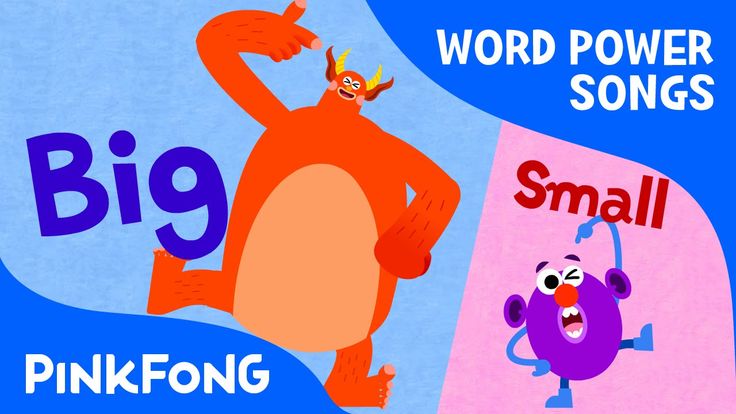 Kids will learn to identify and recall opposite words through a simple matching exercise, in which they have to match the words to their opposites. Definitely, they will enjoy playing this exciting word game. They will learn new words and their meanings as they build and expand their vocabulary through this worksheet.
Kids will learn to identify and recall opposite words through a simple matching exercise, in which they have to match the words to their opposites. Definitely, they will enjoy playing this exciting word game. They will learn new words and their meanings as they build and expand their vocabulary through this worksheet.
These are the activities that help children to learn more about OPPOSITES. We hope you all find our blog informative and please let us know how you are going to teach your toddlers further.
Let me know in the comments below. Let’s help one another succeed!
Thanks for reading!
https://www.facebook.com/Jelly-Bears-Kids-Nursery-Rhymes-And-Baby-Songs-1391724957518436/
Like this:
Like Loading...
Listen with your child! | MDOU kindergarten of combined type No. 76 Sochi
"How to listen to music with a child?"
Music is a magical world. With the right acquaintance with music, a comprehensive development of the child's personality takes place: the emotional sphere develops, sensory abilities develop, horizons expand, and also, with the right approach, intelligence develops, logical thinking is formed, creative abilities develop. nine0009 Here are some tips for those who decide to take up this exciting activity and start listening to music with their child.
nine0009 Here are some tips for those who decide to take up this exciting activity and start listening to music with their child.
1. Never force a child to listen to music!
If the child is tired, not in the mood, or simply addicted to his favorite game, do not forcibly drag him to the tape recorder or computer in order to begin to get acquainted with classical music. Be patient, postpone your acquaintance with the beautiful until a later time. Remember the proverb: "You can't force yourself to be nice"? The very first and, perhaps, one of the most important tasks of children's perception of music is the formation of a stable interest in the perception of music. Forcing a child to listen to your favorite piece, you can thereby achieve the opposite effect: to form in the child a stable dislike for this piece and even for music in general. So decide what is more important to you. Take your time, be careful and tactful. The child may have their own interests. Feel free to negotiate. nine0009 2. Music should be appropriate for the age of the child.
Feel free to negotiate. nine0009 2. Music should be appropriate for the age of the child.
Of course, you probably want to share your impressions of the requiem or overture with your child, however, such music is hardly suitable for children of early or younger preschool age. You should not start your acquaintance with music with large sonata forms, symphonies and oratorios. Such music will tire the child, and may not be able to attract his attention. Music for the youngest listeners should be distinguished by its short duration, brightness and emotional appeal, should evoke positive emotions and feelings, and in no case should scare with its sound. nine0009 With kids, it is best to listen to small musical works of a program nature (that is, musical works that have a name, for example, “The cat fell ill”, “The cat recovered”, “Doll”, “Horse”, etc.). If you take a good look at the work of the great composers, then many of them have musical works written specifically for children, take at least the "Children's Album" by P. I. Tchaikosky. This is where you start. Also an ideal option for very young listeners would be Russian folk music: small songs, games, nursery rhymes, pestles, lullabies. These are songs familiar to everyone about the Magpie-Crow, the Cat-Vorkot, the Cowardly Bunny and Lisa Potrekeevna. Feel free to sing these songs to your child yourself! nine0009 From birth, the baby is attracted to various sounds. The more varied these sounds, the better. However, you should avoid too harsh or too loud sounds that can frighten the baby. The same rule should be followed when getting acquainted with music for very young listeners. The crumbs are attracted primarily by cheerful light music, without harsh sounds, which does not sound too loud. It is this kind of music that arouses interest in kids, causing a vivid emotional response. Thus, music for children from birth to 2-3 years old should be bright, cheerful, pleasant to the ear. Already at a later age, children can be carefully introduced to works of a sad nature, and at 5-7 years old they can be introduced to the whole gamut of different shades of moods conveyed through music (sorrow, sadness, meditation, excitement, melancholy, fear, joy, delight, waiting, etc.
I. Tchaikosky. This is where you start. Also an ideal option for very young listeners would be Russian folk music: small songs, games, nursery rhymes, pestles, lullabies. These are songs familiar to everyone about the Magpie-Crow, the Cat-Vorkot, the Cowardly Bunny and Lisa Potrekeevna. Feel free to sing these songs to your child yourself! nine0009 From birth, the baby is attracted to various sounds. The more varied these sounds, the better. However, you should avoid too harsh or too loud sounds that can frighten the baby. The same rule should be followed when getting acquainted with music for very young listeners. The crumbs are attracted primarily by cheerful light music, without harsh sounds, which does not sound too loud. It is this kind of music that arouses interest in kids, causing a vivid emotional response. Thus, music for children from birth to 2-3 years old should be bright, cheerful, pleasant to the ear. Already at a later age, children can be carefully introduced to works of a sad nature, and at 5-7 years old they can be introduced to the whole gamut of different shades of moods conveyed through music (sorrow, sadness, meditation, excitement, melancholy, fear, joy, delight, waiting, etc. ). But do not forget that dark dull colors should not be too much. nine0009 3. Less is better. This advice should be constantly repeated to all those who like to leave the tape recorder on all day. At the same time, the value of the music itself is depreciated, it becomes a simple noise stimulus, a background. There is little benefit from such listening. It is better to listen to music with a child for 5-10 minutes, several times a day and every day. At the same time, the music should not bother: constantly change the repertoire, however, returning at the request of the child to previously listened favorite masterpieces. nine0009 4. To develop a sense of rhythm , while listening to dance or just rhythmic music, you can clap the rhythm by clapping your hands or hitting your knees with your hands, snapping or stamping your feet.
). But do not forget that dark dull colors should not be too much. nine0009 3. Less is better. This advice should be constantly repeated to all those who like to leave the tape recorder on all day. At the same time, the value of the music itself is depreciated, it becomes a simple noise stimulus, a background. There is little benefit from such listening. It is better to listen to music with a child for 5-10 minutes, several times a day and every day. At the same time, the music should not bother: constantly change the repertoire, however, returning at the request of the child to previously listened favorite masterpieces. nine0009 4. To develop a sense of rhythm , while listening to dance or just rhythmic music, you can clap the rhythm by clapping your hands or hitting your knees with your hands, snapping or stamping your feet.
5. To develop the horizons of the child be ready to tell him as much as possible about music, prepare yourself by looking at the information on the Internet or encyclopedia:
- about the composer of the work;
- where did the name of the work come from?
- about the genre of the work; nine0009 - about its form;
- about the country where the composer lived;
- about the style of music;
- about the origin of the genre;
- about what musical instruments perform this piece.
And of course, there are still many questions that the child himself may suddenly ask you.
6. To develop logic and thinking, ask your child as many questions about music as possible , try to create a problem situation . Questions should begin with the words: “what do you think … why?” Why did the composer name the music like that? Why is the work fast? Why are lullabies always so slow? What is the nature of the march? Why did the composer use the violin and not the drum in the work? What would happen if lullabies were sung loudly and quickly? And so on and so forth. nine0009 Ask questions about the nature of music, the means of musical expression and representation. What does the music represent? By what means did the composer manage to convey this image? Already from 4-5 years old, children can be given to listen to works consisting of two or three parts, contrasting in sound. Let the child compare the parts, find common and different in them.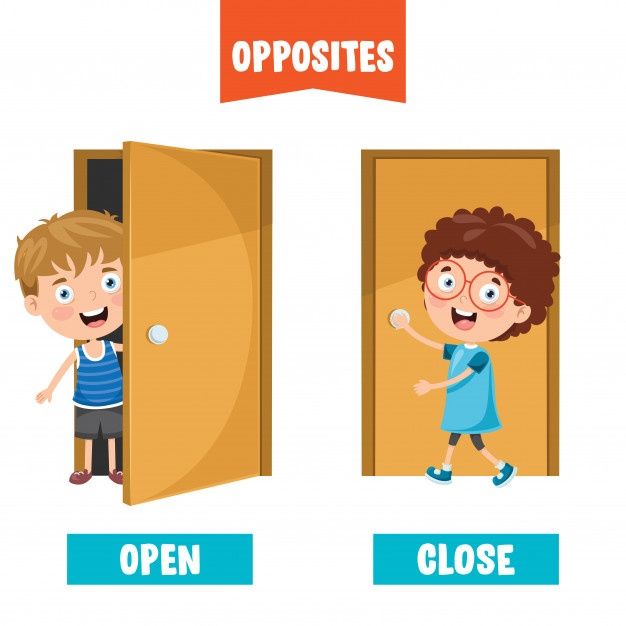 It is useful to ask the child how many parts he heard in the music? Do not give your child ready-made answers to questions, let a little researcher wake up in him who will find the answer to your question himself. NEVER HURRY TO RESPONSIBLE FOR THE CHILD! nine0009 It is useful to listen to pieces of music that have the same title but different character. For example, try to compare how Pyotr Ilyich Tchaikovsky depicts the seasons and Vivaldi ("The Seasons" cycle). Try to find what is common and what is different?
It is useful to ask the child how many parts he heard in the music? Do not give your child ready-made answers to questions, let a little researcher wake up in him who will find the answer to your question himself. NEVER HURRY TO RESPONSIBLE FOR THE CHILD! nine0009 It is useful to listen to pieces of music that have the same title but different character. For example, try to compare how Pyotr Ilyich Tchaikovsky depicts the seasons and Vivaldi ("The Seasons" cycle). Try to find what is common and what is different?
Accustom your child to scientific thinking: let him learn to put forward hypotheses and look for evidence for them.
7. Don't be afraid to experiment!
Create, create and create again! Music will not be boring if you apply a creative approach to it! Remember that music can not only be listened to, it can be drawn, expressed through dance (movements, gestures, facial expressions, it can be voiced (orchestration) and come up with a theatrical production for it using toys or family members!
Take paints and pencils and try with your child to draw on a piece of paper what you imagined while drying the music.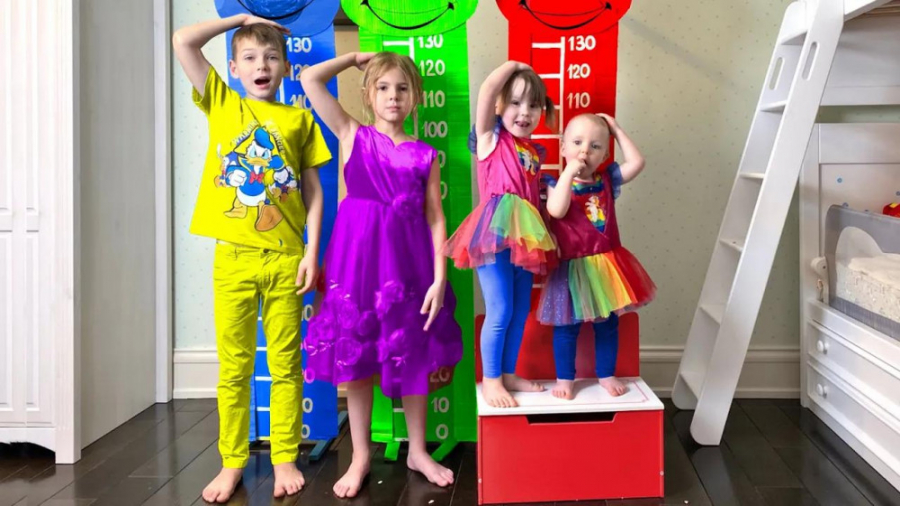 Draw how the doll is sick (P. I. Tchaikovsky “The Doll’s Disease”, how Baba Yaga flies in her mortar (M. P. Mussorgsky “Baba Yaga”, how the brave Peer Gynt walks in the cave of the mountain king (E. Grieg “In the cave King of the Mountain, how the brave Petya caught the Wolf (Peter and the Wolf by S. S. Prokofiev). And what wonderful pictures can be drawn after watching the ballets (P. I. Tchaikovsky The Nutcracker, Swan Lake, Sleeping Beauty ", S. S. Prokofiev "Cinderella"!
Draw how the doll is sick (P. I. Tchaikovsky “The Doll’s Disease”, how Baba Yaga flies in her mortar (M. P. Mussorgsky “Baba Yaga”, how the brave Peer Gynt walks in the cave of the mountain king (E. Grieg “In the cave King of the Mountain, how the brave Petya caught the Wolf (Peter and the Wolf by S. S. Prokofiev). And what wonderful pictures can be drawn after watching the ballets (P. I. Tchaikovsky The Nutcracker, Swan Lake, Sleeping Beauty ", S. S. Prokofiev "Cinderella"!
If you don't like drawing, try to come up with a poem to the melody you heard, compose a story or a fairy tale.
If the child is mobile and loves to dance, let him try to convey the nature of the music, the musical image with the help of dance improvisation. Let him depict how a snowdrop gradually grows (P. I. Tchaikovsky “Snowdrop”, how the sun rises early in the morning at dawn (M. P. Mussorgsky “Dawn on the Moscow River”, E. Grieg “Morning”). Children also love depict toys, fairy-tale characters (P.I.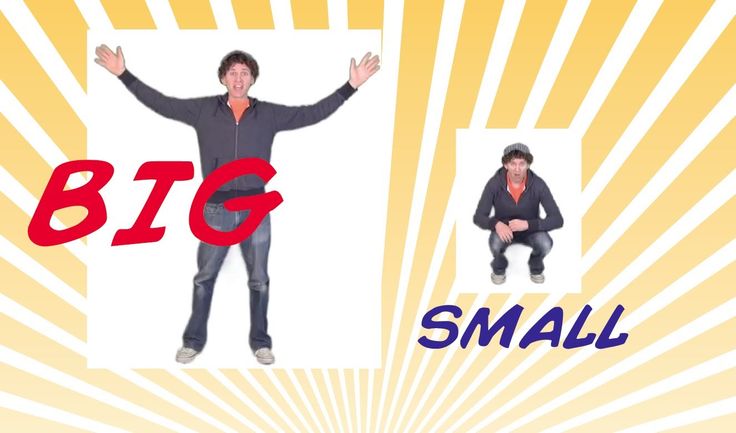 Tchaikovsky "Baba Yaga", A.K. Lyadov "Kikimora", "Magic Lake", animals (K. Saint-sans "Carnival of Animals").
Tchaikovsky "Baba Yaga", A.K. Lyadov "Kikimora", "Magic Lake", animals (K. Saint-sans "Carnival of Animals").
Your imagination can even lead you to create your own mini family musical theater at home!
You can also come up with your own orchestration for the piece of music you listened to. To do this, it is not at all necessary to have real musical instruments at home. Use baby rattles and a drum, rattles and baby squeakers. If they are not at hand, you can make the tools yourself by pouring various fillers into empty plastic bottles or jars: peas, millet, nuts, buttons. Just remember about safety: if you are making a musical instrument for a very young child, you should make sure that the bottle or jar closes tightly, otherwise the baby will be able to open it and swallow small parts. nine0009 8. Whatever you do, it must be done with soul and love! Remember that your main goal is to enjoy communicating with the wonderful world of music! Let your child fall in love with music, learn to understand it and enjoy it!
(https://www.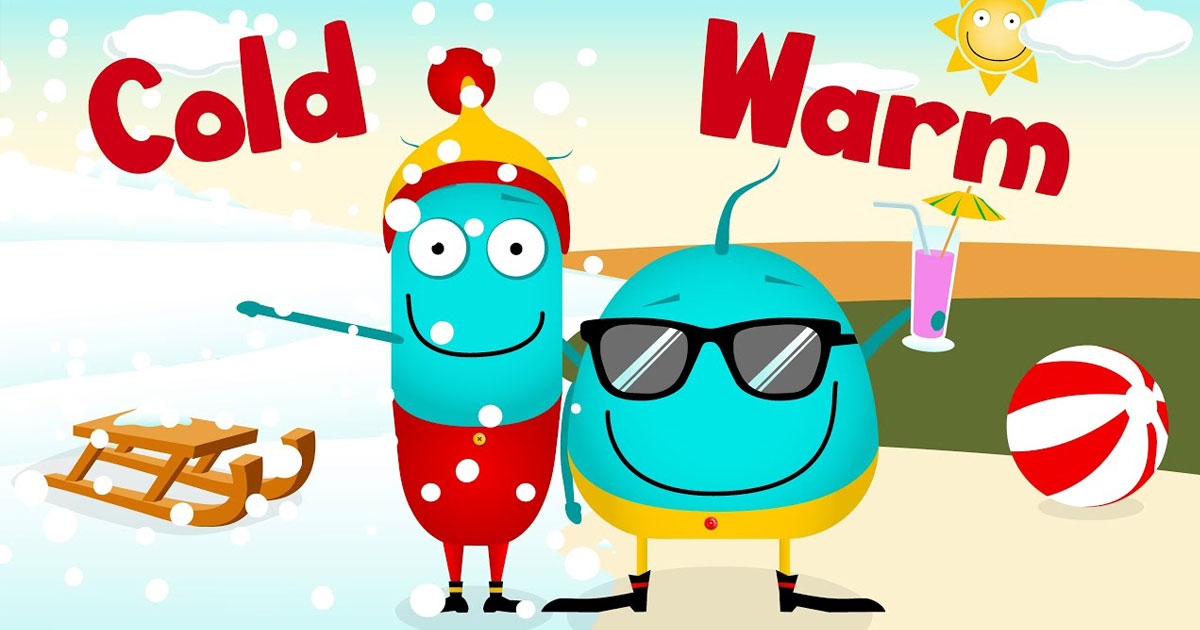 maam.ru/detskijsad/konsultacija-dlja-roditelei-kak-slushat-muzyku-s-rebenkom.html)
maam.ru/detskijsad/konsultacija-dlja-roditelei-kak-slushat-muzyku-s-rebenkom.html)
Our children will hear it. What not to say to K-pop stars
https://ria.ru/20210814/kpop-1745691252.html
Our children will hear it. What not to say to K-pop stars
Our children will hear it. What K-pop stars shouldn't talk about - RIA Novosti, 08/14/2021 Things Not to Say to K-pop Stars
South Korean K-pop is not just a musical style, it is an entire industry that contributes a lot to the country's GDP. Seoul supports its performers on... RIA Novosti, 08/14/2021
0002 2021-08-14T08: 02
Technologies
Japan
Asia
South Korea
Fly
YouTube
PSY (PAK CE SAN)
NETFLIX
9000/HTML/HeAD/METEA [@NAME 'og:title']/@content/html/head/meta[@name='og:description']/@content
https://cdnn21.img.ria.ru/images/07e5/07/ 0f/1741419298_0:0:3072:1728_1920x0_80_0_0_535d6a7da78708032461473f697f24b2. jpg
jpg
MOSCOW, July 14 - RIA Novosti, Sofia Melnichuk. South Korean K-pop is not just a musical style, it is an entire industry that contributes significantly to the state's GDP. Seoul supports its performers at the government level, because they have come to the forefront of world show business and pushed Americans and Europeans in the charts. RIA Novosti investigated how they did it. An economic miracle Impeccable shows, synchronized dances, perfect faces carved according to the strictest standards of beauty. Even character traits are carefully selected and scrupulously thought out. This is how the participants and members of Korean pop groups appear before the viewer - idols, that is, "idols". And these artists are truly idols - not only in Asia, all over the world. Today, few people have not heard of the BTS group. Last year, the Korean boy band topped the Billboard 100 hit parade. Seven guys debuted in 2013, and by 2017 they had already become world-class stars: they received Billboard Music Awards and hit the Billboard 200 chart.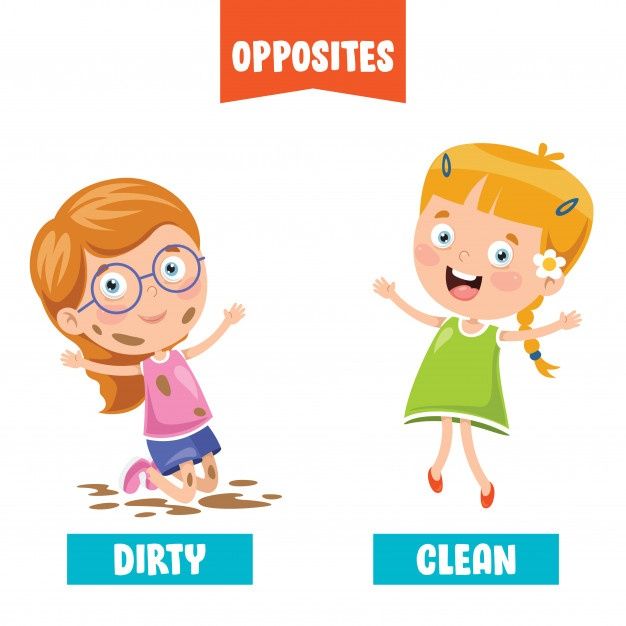 At the same time, BTS had to decipher the name change from Korean Bangtan Boys to English Beyond The Scene - "Behind the Scenes". In 2019BTS added $5 billion to the country's GDP, more than Korean Air. The sum for all the years is 47 billion, the Winter Olympic Games in Pyeongchang gave less. And the IPO of the brand Big Hit Entertainment, which manages the group, became the largest on the exchange since 2017. Moreover, pop culture supported the country's economy amid a pandemic downturn, although many concerts and events were canceled. The fact is that K-pop is so shortly called the Korean pop industry - it's not only music, but also visual arts. Fans love flashy music videos, intricate dancing, fashion, local dramas, blogs, online communities, and merchandise - merchandise featuring images of their favorite bands, including food. clip Gangnam Style rapper PSY. Although no one but those who spoke Korean could understand the lyrics, the rides on an invisible horse to the cries of "Oop-op-op" captivated the audience.
At the same time, BTS had to decipher the name change from Korean Bangtan Boys to English Beyond The Scene - "Behind the Scenes". In 2019BTS added $5 billion to the country's GDP, more than Korean Air. The sum for all the years is 47 billion, the Winter Olympic Games in Pyeongchang gave less. And the IPO of the brand Big Hit Entertainment, which manages the group, became the largest on the exchange since 2017. Moreover, pop culture supported the country's economy amid a pandemic downturn, although many concerts and events were canceled. The fact is that K-pop is so shortly called the Korean pop industry - it's not only music, but also visual arts. Fans love flashy music videos, intricate dancing, fashion, local dramas, blogs, online communities, and merchandise - merchandise featuring images of their favorite bands, including food. clip Gangnam Style rapper PSY. Although no one but those who spoke Korean could understand the lyrics, the rides on an invisible horse to the cries of "Oop-op-op" captivated the audience.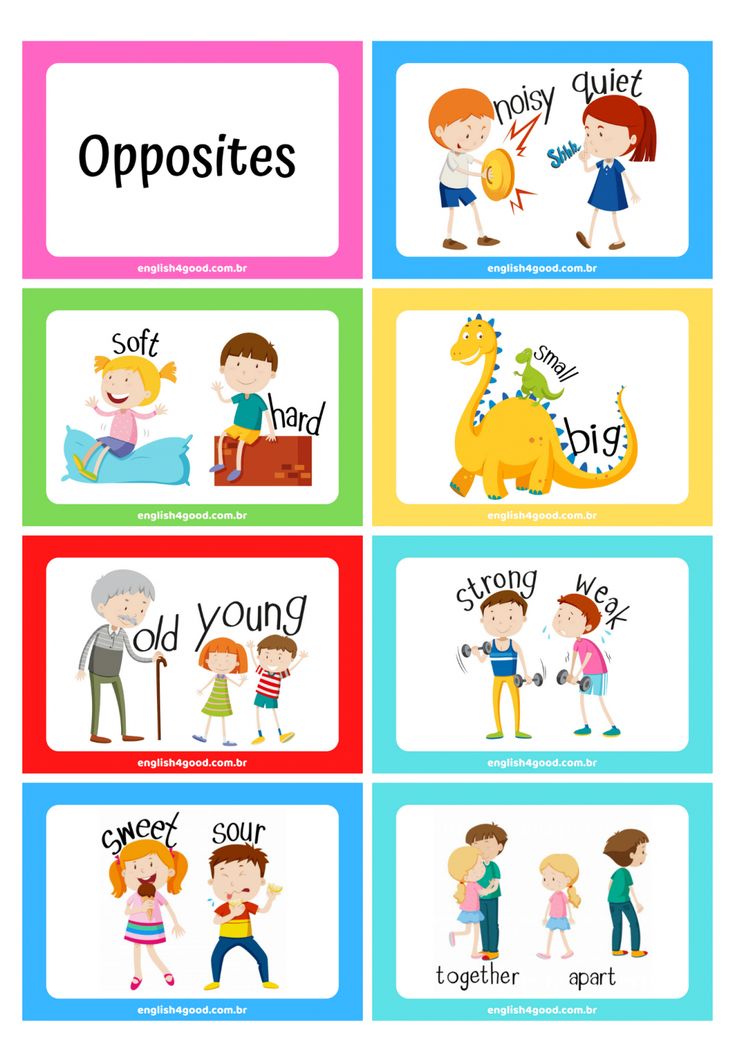 Simple movements were repeated on dance floors around the world, singing along: "Oh, sexy lady." The video now has over four billion views on YouTube. But this extravagant video is a social satire on the inhabitants of one of the most prestigious districts of Seoul, Gangnam (Gangnam). The star of producer Lee Soo-man began to rise at the end of 1990s. It was then that the unique business model of the K-pop industry was born. Instead of scouting for talent and investing in it in hopes of a return on investment in the future, as they do in the West, recruiters recruit teenagers and grow them into perfect idols. Ready-made nuggets and new faces are not needed. Training lasts from several months to several years. Future stars are sent to "training camps" - hostels, where they practice singing, dancing, acting, foreign languages. There are also special "chips" inherent in specific idols. For example, the ability to break dance, tap dance, sing high notes or ventriloquize. Strict diet control.
Simple movements were repeated on dance floors around the world, singing along: "Oh, sexy lady." The video now has over four billion views on YouTube. But this extravagant video is a social satire on the inhabitants of one of the most prestigious districts of Seoul, Gangnam (Gangnam). The star of producer Lee Soo-man began to rise at the end of 1990s. It was then that the unique business model of the K-pop industry was born. Instead of scouting for talent and investing in it in hopes of a return on investment in the future, as they do in the West, recruiters recruit teenagers and grow them into perfect idols. Ready-made nuggets and new faces are not needed. Training lasts from several months to several years. Future stars are sent to "training camps" - hostels, where they practice singing, dancing, acting, foreign languages. There are also special "chips" inherent in specific idols. For example, the ability to break dance, tap dance, sing high notes or ventriloquize. Strict diet control.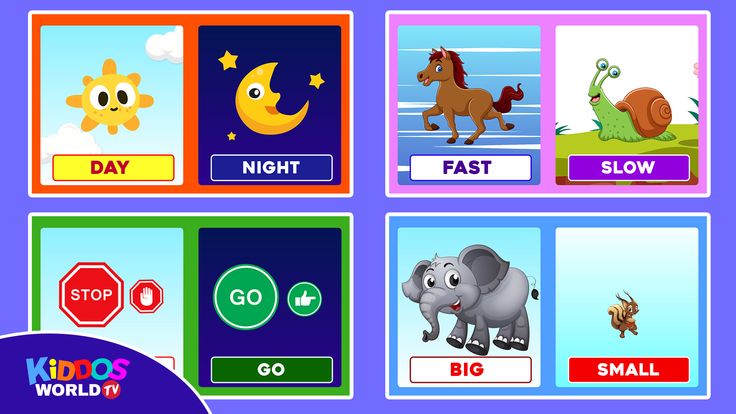 Plastic surgery is paid. "My day started at seven in the morning. We danced with two choreographers, then singing, talking on camera, a lesson on how to communicate with people," recalled Fly to the Sky band member Brian Cho. Such talent education is expensive . According to Lee Soo Man, BoA, the "Queen of K-pop," his company spent three billion won (more than $2.6 million). Each of the eight members of the popular girl group Girls' Generation cost 2-2.5 million dollars a year. Before debuting, idols sign a contract for 15 years. If the project participant no longer meets the company's standards, the agreement is terminated. The star comes up with an image and character that they must adhere to. Talking about personal preferences is prohibited. So, the frontman of H.O.T. Moon Heejun revealed that due to the need to maintain a "mystical image", the members of the group were forbidden to go to the toilet during filming. He was in big trouble. At the same time, idols receive relatively small money - from ten to 30 percent of what they earn, the rest is taken by the agency.
Plastic surgery is paid. "My day started at seven in the morning. We danced with two choreographers, then singing, talking on camera, a lesson on how to communicate with people," recalled Fly to the Sky band member Brian Cho. Such talent education is expensive . According to Lee Soo Man, BoA, the "Queen of K-pop," his company spent three billion won (more than $2.6 million). Each of the eight members of the popular girl group Girls' Generation cost 2-2.5 million dollars a year. Before debuting, idols sign a contract for 15 years. If the project participant no longer meets the company's standards, the agreement is terminated. The star comes up with an image and character that they must adhere to. Talking about personal preferences is prohibited. So, the frontman of H.O.T. Moon Heejun revealed that due to the need to maintain a "mystical image", the members of the group were forbidden to go to the toilet during filming. He was in big trouble. At the same time, idols receive relatively small money - from ten to 30 percent of what they earn, the rest is taken by the agency.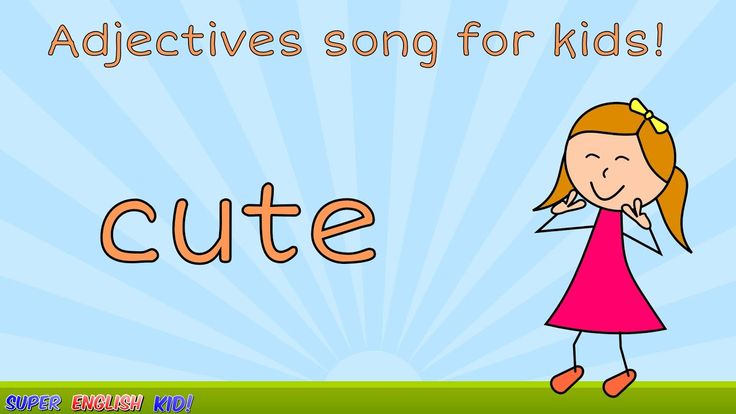 And getting into the "training camp" does not guarantee success, and competition among budding teenagers is extremely tough. Be that as it may, despite questions from companies regarding work ethics and human rights violations, the industry is thriving. A national treasure For the Korean leadership, such a recognizable brand as K-pop is a real gift. In 2008, the Ministry of Culture, Sports and Tourism even created a special department tasked with the globalization of pop music. This is both soft power and an economic driver. For example, Gangnam Style earned eight million dollars from YouTube alone. BTS' English-language track "Dynamite" brought in $1.43 billion and provided almost eight thousand Koreans with jobs during the pandemic.In October 2019th BTS for three shows received 865 thousand dollars. And an online concert during the quarantine, which was broadcast in 191 countries, gave 50 thousand dollars. Dramas are also very popular. There are more than 80 Korean series on Netflix streaming, they are watched all over the world.
And getting into the "training camp" does not guarantee success, and competition among budding teenagers is extremely tough. Be that as it may, despite questions from companies regarding work ethics and human rights violations, the industry is thriving. A national treasure For the Korean leadership, such a recognizable brand as K-pop is a real gift. In 2008, the Ministry of Culture, Sports and Tourism even created a special department tasked with the globalization of pop music. This is both soft power and an economic driver. For example, Gangnam Style earned eight million dollars from YouTube alone. BTS' English-language track "Dynamite" brought in $1.43 billion and provided almost eight thousand Koreans with jobs during the pandemic.In October 2019th BTS for three shows received 865 thousand dollars. And an online concert during the quarantine, which was broadcast in 191 countries, gave 50 thousand dollars. Dramas are also very popular. There are more than 80 Korean series on Netflix streaming, they are watched all over the world. In 2018, the export of the "Korean wave" added $ 9.5 billion to the economy. And the stars also help domestic consumption, because they often advertise local products: cosmetics, food, smartphones, fortified water. According to some reports, this is about $ 3.6 billion in revenue. The brand I · SEOUL · U was created to promote inbound tourism to South Korea with the help of idols. Advertised Seoul and BTS, talking in a video about cosmetics, walking tours around the city and the nightlife of the capital. As a result in 2019th, a record 17.5 million tourists came to South Korea, and two years earlier, the tourist flow brought the country $ 52 billion. Of course, the Korean economy is both electronics and cars. However, K-pop makes foreigners not only maniacally buy Korean goods and watch music videos, but also learn Korean. To understand the words of songs and dialogues of the heroes of the series, Americans, Canadians, Algerians, Thais and many others are increasingly taking up the language of the Land of Morning Calm.
In 2018, the export of the "Korean wave" added $ 9.5 billion to the economy. And the stars also help domestic consumption, because they often advertise local products: cosmetics, food, smartphones, fortified water. According to some reports, this is about $ 3.6 billion in revenue. The brand I · SEOUL · U was created to promote inbound tourism to South Korea with the help of idols. Advertised Seoul and BTS, talking in a video about cosmetics, walking tours around the city and the nightlife of the capital. As a result in 2019th, a record 17.5 million tourists came to South Korea, and two years earlier, the tourist flow brought the country $ 52 billion. Of course, the Korean economy is both electronics and cars. However, K-pop makes foreigners not only maniacally buy Korean goods and watch music videos, but also learn Korean. To understand the words of songs and dialogues of the heroes of the series, Americans, Canadians, Algerians, Thais and many others are increasingly taking up the language of the Land of Morning Calm. And Seoul helps them: in 50 countries, about 130 relevant institutions have opened in recent years. Thus, the South Koreans proved to the world that the world show business is based not only on Western trends, but also on Asian discipline and diligence. nine0005
And Seoul helps them: in 50 countries, about 130 relevant institutions have opened in recent years. Thus, the South Koreans proved to the world that the world show business is based not only on Western trends, but also on Asian discipline and diligence. nine0005
https://ria.ru/20210308/molka-1600058281.html
Japan
Asia
South Korea
RIA Novosti
9000 5 9000 4.7 9000 9000 9000
9000 9000
7 495 645-6601
Federal State Unitary Enterprise “Russia Today”
https: //xn--c1acbl2abdlkab1og.xn-p1ai/Awards/
RIA Novosti
1
9000 9000 9000 9000 9000 9000 9000 9000 9000 9000 9000 9000 9000 9000 9000 9000 9000 9000 9000 9000 54.7
96
7 495 645-6601
Rossiya Segodnya
https://xn--c1acbl2abdlkab1og.xn--p1ai/awards/
News -RU
https://ria.ru/docs/about/copyright.html
https://xn--c1acbl2abdlkab1og.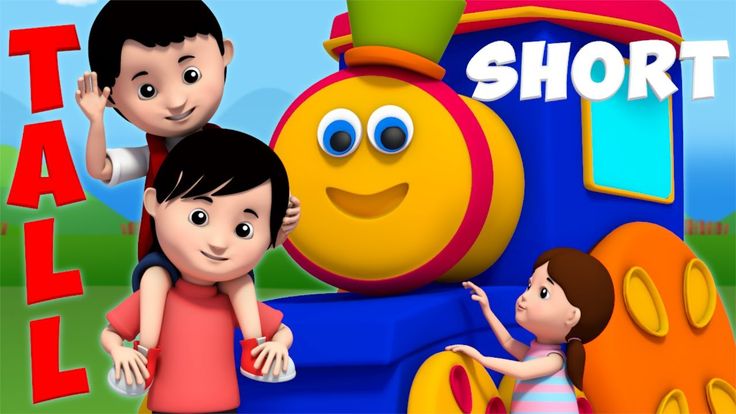 xn--p1ai/
xn--p1ai/
RIA Novosti
1
5
4. 96
7 495 645-6601
Rossiya Segodnya
https://xn--c1acbl2abdlkab1og.xn--p1ai/awards/
PSY performance, Pozner award and engagement - surprises of the MUZ-TV 2013 award -TV 2013. Reboot" took place on Friday, June 7th. Watch the video RIA Novosti, who became the best performer and singer.
2021-08-14T08:00
true
PT1M45S
1920
1080
true
1920
1440
true
https://cdnn21.img.ria.ru/images/07e5/07/0f/1741419298_155:0:2886:2048_1920x0_80_0_0_67030c1eec019d20f998e75515f2285b.jpg
1920
1920
True
RIA Novosti
1
5
4.7
96
7 495 645-6601
Federal State Unitary Enterprise MIA Today "
https: // XN----------------------------------------- c1acbl2abdlkab1og. xn--p1ai/awards/
xn--p1ai/awards/
RIA Novosti
1
5
4.7
96
7 495 645-6601
Federal State Unitary Enterprise “Russia Today”
https: // XN-C1ACBL2ABDLKAB1GG .xn--p1ai/awards/
tech, japan, asia, south korea, fly, youtube, psy (park chae san), netflix, russia
tech, japan, asia, south korea, fly, youtube, psy( Pak Chae San), Netflix, Russia
MOSCOW, July 14 - RIA Novosti, Sofia Melnichuk. nine0004 South Korean K-pop is not just a musical style, it is an entire industry that contributes significantly to the state's GDP. Seoul supports its performers at the government level, because they have come to the forefront of world show business and pushed Americans and Europeans in the charts. How they did it, understood RIA Novosti.
Economic Miracle
Impeccable shows, synchronized dances, perfect faces carved to the highest standards of beauty. Even character traits are carefully selected and scrupulously thought out. This is how the participants and members of Korean pop groups appear before the viewer - idols, that is, "idols". And these artists are really idols - not only in Asia, all over the world. nine0005
This is how the participants and members of Korean pop groups appear before the viewer - idols, that is, "idols". And these artists are really idols - not only in Asia, all over the world. nine0005
Today, few people have heard of BTS. Last year, the Korean boy band topped the Billboard 100 chart. BTS had to change from Korean Bangtan Boys to English Beyond The Scene. In 2019, BTS added $5 billion to the country's GDP, more than Korean Air. The sum for all the years is 47 billion, the Winter Olympic Games in Pyeongchang gave less. And the IPO of the brand Big Hit Entertainment, which manages the group, was the largest on the exchange since 2017. nine0005
Korean group Fly to the Sky perform in Seoul
Moreover, pop culture has supported the country's economy during the pandemic downturn, although many concerts and events have been cancelled.
The fact is that K-pop - that's how the Korean pop industry is briefly called - is not only music, but also visual art. Fans love flashy music videos, intricate dances, fashion, local dramas, blogs, online communities, and merchandise featuring their favorite bands, including food.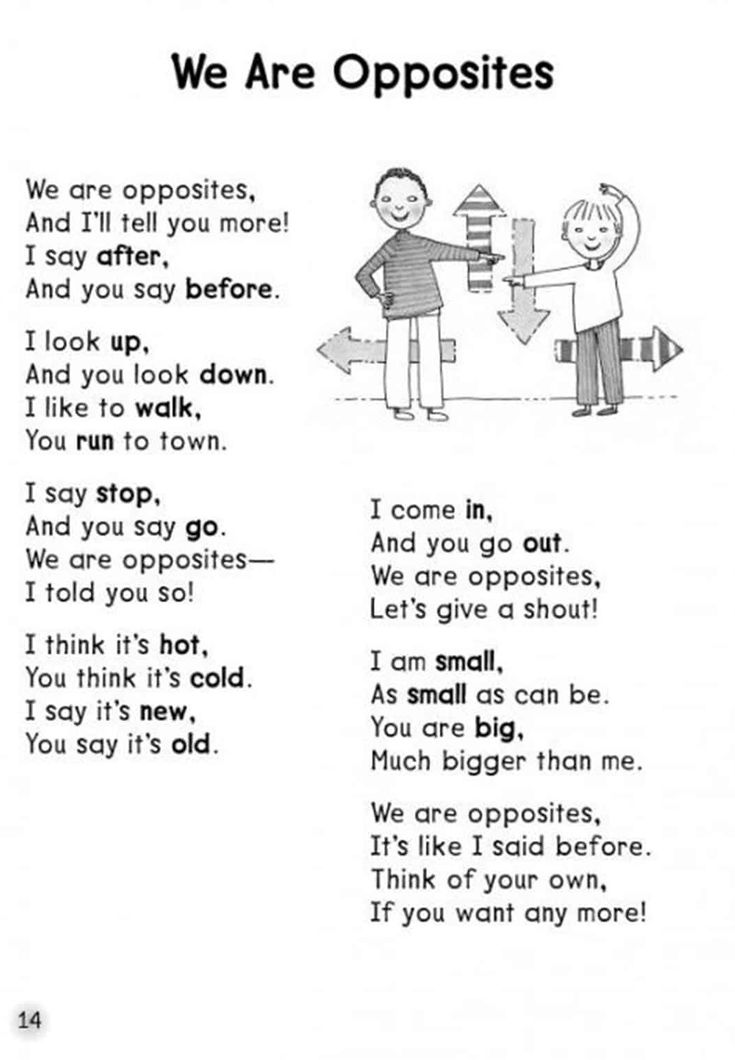 nine0005
nine0005
March 8, 2021, 08:00
Behind the toilet and in shower gel. Hidden cameras follow women everywhere. Although no one but those who spoke Korean could understand the lyrics, the rides on an invisible horse to the cries of "Oop-op-op" captivated the audience. Simple movements were repeated on dance floors around the world, singing along: "Oh, sexy lady." The video now has over four billion views on YouTube. But this extravagant clip is a social satire on the inhabitants of one of the most prestigious districts of Seoul, Gangnam. nine0005
Producer Lee Soo Man's star began to rise in the late 1990s. It was then that the unique business model of the K-pop industry was born. Instead of scouting for talent and investing in it in hopes of a return on investment in the future, as they do in the West, recruiters recruit teenagers and grow them into perfect idols. Ready-made nuggets and new faces are not needed.
© AP Photo / Sakchai Lalit South Korean singer PSY with fans
© AP Photo / Sakchai Lalit
South Korean singer PSY with fans
Training lasts from several months to several years. Future stars are sent to "training camps" - hostels, where they practice singing, dancing, acting, foreign languages. There are also special "chips" inherent in specific idols. For example, the ability to break dance, tap dance, sing high notes or ventriloquize. Strict diet control. Plastic surgery is paid.
Future stars are sent to "training camps" - hostels, where they practice singing, dancing, acting, foreign languages. There are also special "chips" inherent in specific idols. For example, the ability to break dance, tap dance, sing high notes or ventriloquize. Strict diet control. Plastic surgery is paid.
"My day started at seven in the morning. We danced with two choreographers, then singing, talking on camera, a lesson on how to communicate with people," Fly to the Sky member Brian Cho recalled. nine0005
Such training of talents is not cheap. According to Lee Soo Man, BoA, the "Queen of K-pop," his company spent three billion won (more than $2.6 million). Each of the eight members of the popular group Girls' Generation took 2-2.5 million dollars a year.
Before debuting, idols sign a contract for 15 years. If the project participant no longer meets the company's standards, the agreement is terminated. The star comes up with an image and character that they must adhere to.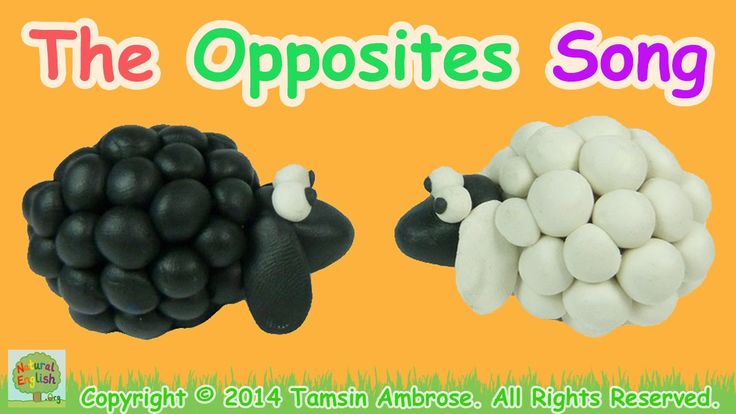 Talking about personal preferences is prohibited. So, the frontman of H.O.T. Moon Heejun revealed that due to the need to maintain a "mystical image", the members of the group were forbidden to go to the toilet during filming. He was in big trouble. nine0005
Talking about personal preferences is prohibited. So, the frontman of H.O.T. Moon Heejun revealed that due to the need to maintain a "mystical image", the members of the group were forbidden to go to the toilet during filming. He was in big trouble. nine0005
South Korean singer PSY
At the same time, idols receive relatively little money - from ten to 30 percent of what they earn, the rest is taken by the agency. And getting into the "training camp" does not guarantee success, and competition among budding teenagers is extremely tough. Be that as it may, even despite questions to companies regarding work ethics and human rights violations, the industry is thriving.
National Treasure
For the Korean leadership, such a recognizable brand as K-pop is a real gift. In 2008, the Ministry of Culture, Sports and Tourism even created a special department tasked with the globalization of pop music. This is both soft power and an economic driver. nine0005
For example, Gangnam Style earned eight million dollars from YouTube alone. BTS's English-language track "Dynamite" generated $1.43 billion and provided nearly 8,000 jobs for Koreans during the pandemic.
BTS's English-language track "Dynamite" generated $1.43 billion and provided nearly 8,000 jobs for Koreans during the pandemic.
In October 2019, BTS received $865,000 for three shows. And an online concert during the quarantine, which was broadcast in 191 countries, gave 50 thousand dollars. Dramas are also very popular. There are more than 80 Korean dramas on Netflix streaming, they are watched all over the world.
In 2018, the export of the "Korean wave" added 9 to the economy.5 billion dollars. And the stars also help domestic consumption, because they often advertise local products: cosmetics, food, smartphones, fortified water. According to some reports, we are talking about an income of 3.6 billion dollars.
Your browser does not support this video format.
Brand I · SEOUL · U was created to promote inbound tourism to South Korea with the help of idols. Advertised Seoul and BTS, talking in a video about cosmetics, walking tours around the city and the nightlife of the capital.